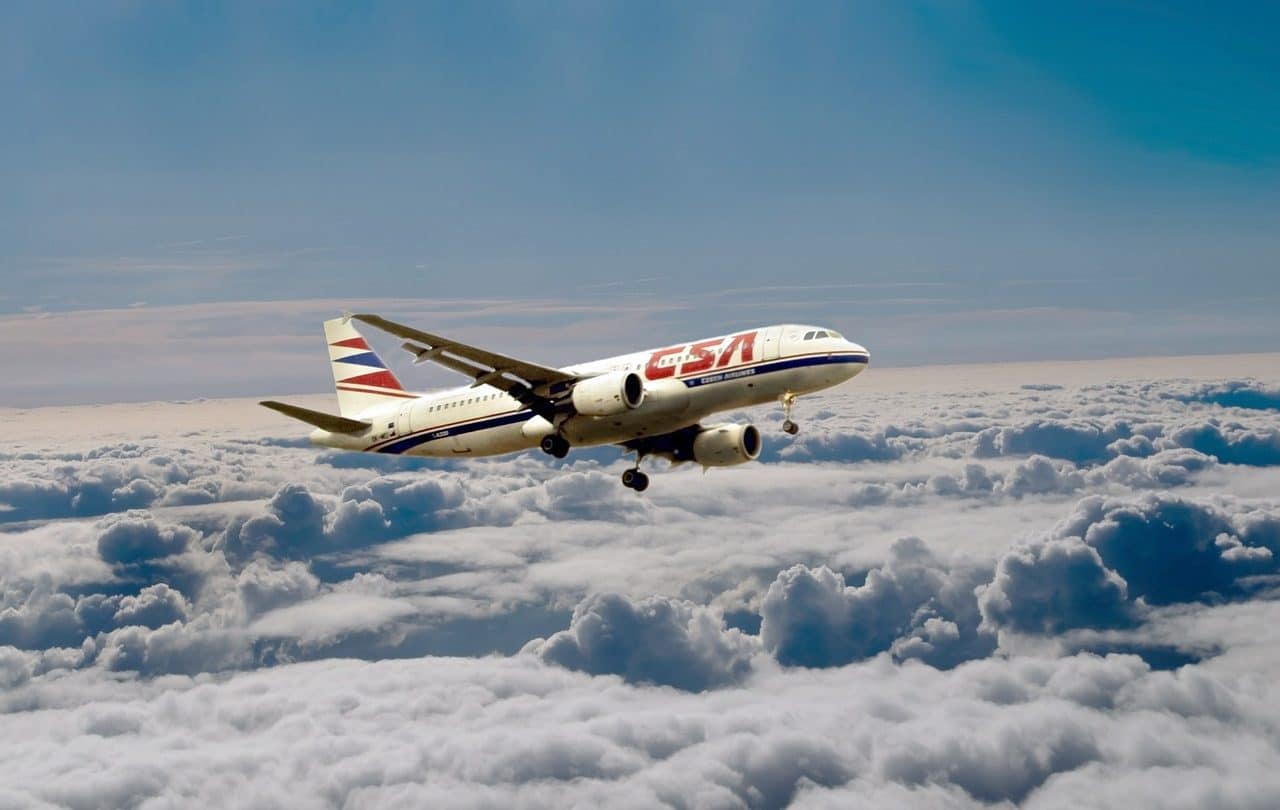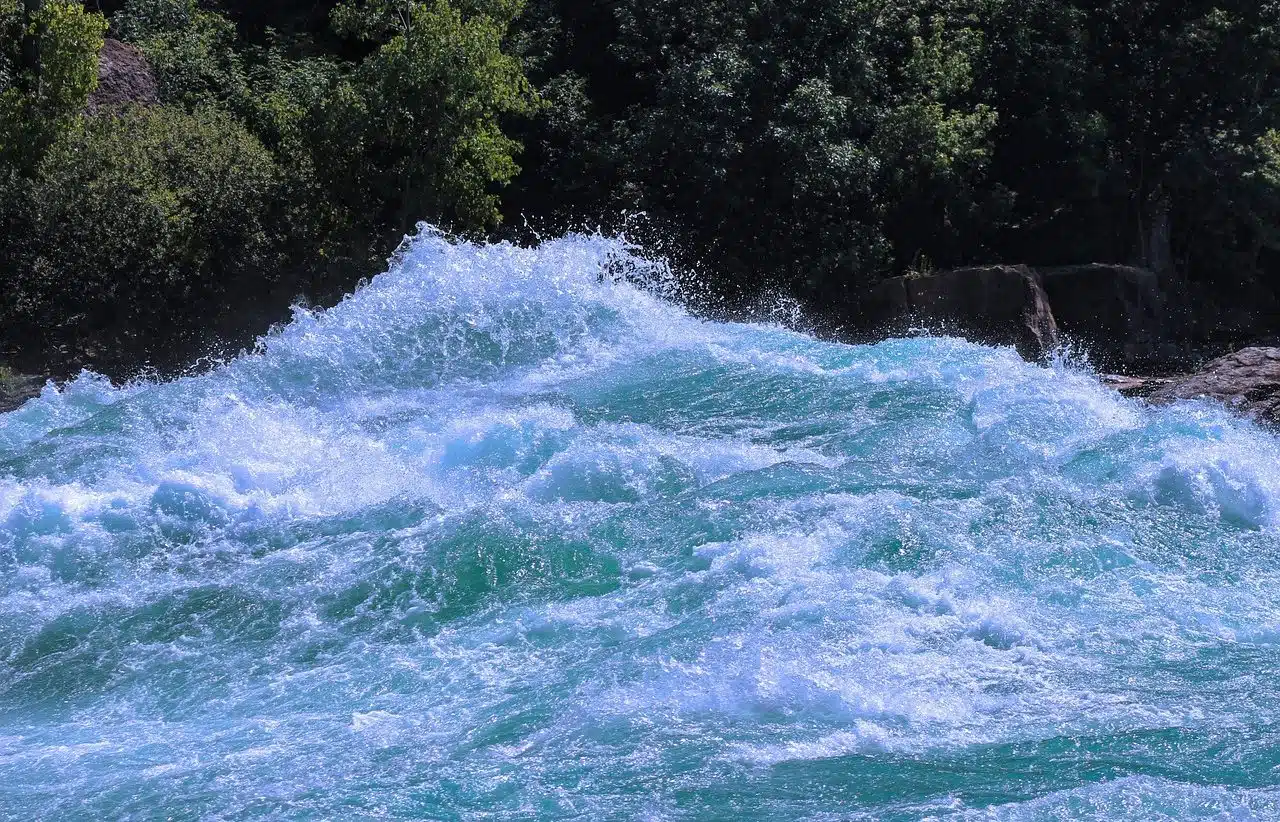
Turbulence is the effect that air currents generate in an airplane.
Turbulence is the condition of that which is turbulent (disordered, agitated or cloudy ). The concept, which derives from the Latin turbulentĭa , is usually used with reference to the effect that air currents have on an aircraft .
It can be said that an airplane passes through a zone of turbulence or that it suffers turbulence when it moves violently due to changes in the speed and direction of the air currents. Although the phenomenon is feared by many people, current aircraft have the capacity to withstand these actions of nature without problems.
Causes of turbulence
These turbulences can have different origins. Turbulence appears when the movement of air particles is disordered and eddies or whirlpools are generated.
The cause of this phenomenon may be clouds that develop vertically or a sudden change in wind speed and direction, to name two possibilities.
The role of the pilots
You should know that some aerial areas are classified as very turbulent due to the weather because they have intertropical belts or storms are common. It is established that among those places with the most turbulence are the Amazon area, Ecuador , the Pyrenees and the Alps .
Precisely to avoid going through these conflictive spaces, pilots, when creating the flight plan, have in their possession several tools that help them: they have the help information given to them by the air traffic controllers, the information given to them by the meteorological satellites and even the aircraft radars themselves that have sensors that provide data on weather conditions.

The agitation of water is also known as turbulence.
Passengers and turbulence
The most intense turbulence causes an airplane to change its altitude and speed. That's why inside you feel that the aircraft "shakes" and that objects move. Furthermore, walking down the hallway is impossible.
Likewise, we must not forget that, as a result of the advancement of technology, it has been decided to introduce a unique device known as “turbulence mode” in some more modern airplanes. It is a device whose main function is to ensure that the passenger feels the least possible turbulence in their seat when they occur.
When traveling by plane and facing a gust of turbulence, the most advisable thing is to sit in the corresponding seat, fasten the seat belt and avoid having loose objects in the surroundings that, due to these movements, could end up hitting someone
Other uses of the notion
The notion of turbulence can also mention the agitation of water or other fluids. For example: “Sailing this morning is a high-risk activity due to the turbulence of the water,” “When the sauce boiled, the turbulence caused the lid to come off the pot,” “The turbulence threw me out of the canoe.”
Turbulence, finally, can be linked to confusion or disorder : “The resignation of the mayor generated some turbulence, but we will soon recover the normal functioning of the municipality.”
